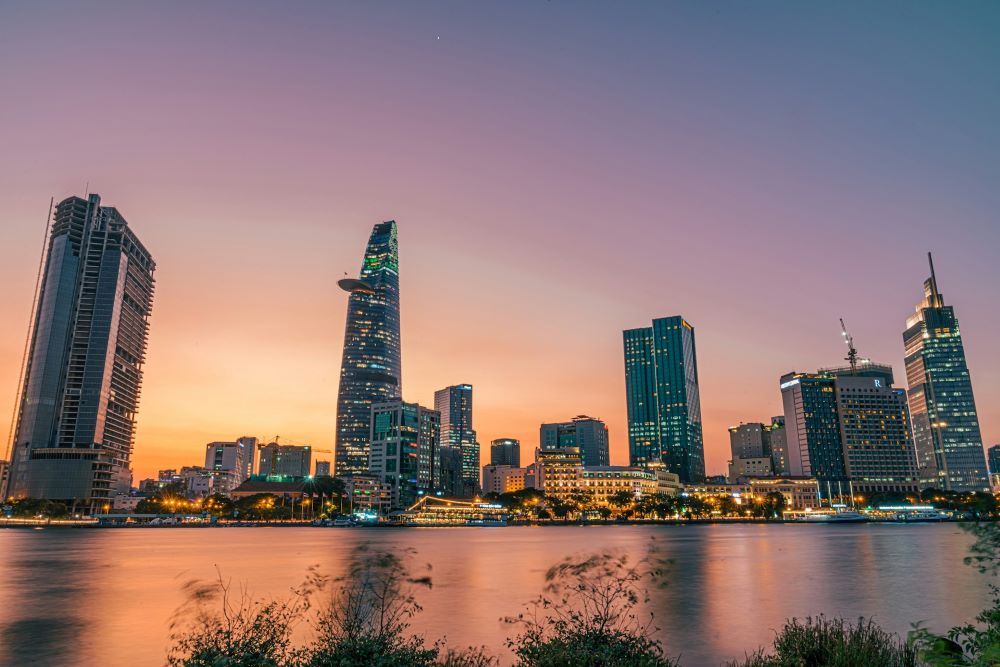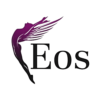Table of Contents
ToggleThe Vietnam textile industry has emerged as one of the most dynamic and rapidly growing sectors in the country’s economy. Over the past few decades, Vietnam has transformed from a relatively obscure player to a significant powerhouse in the global textile and garment market. This blog post delves into the factors driving this remarkable growth, the industry’s current status, and the future prospects of Vietnam’s textile sector.
A Brief History of the Vietnam Textile Industry
The Vietnam textile industry began to take off in the late 20th century, bolstered by economic reforms known as Đổi Mới, which opened the country to foreign investment and trade. Initially focused on low-cost manufacturing, the industry has since moved up the value chain, embracing more sophisticated production techniques and diversifying its product offerings.
Read more: The Evolution and Future of China’s Manufacturing Industry
Factors Driving Growth
Competitive Labor Costs
One of the key advantages fueling the Vietnam textile industry is its cost-effective labor force. Compared to other major textile-producing countries, Vietnam maintains relatively lower wage rates while offering a disciplined and increasingly skilled workforce. This balance of affordability and competence has positioned Vietnam as an attractive destination for international brands looking to optimize production costs without sacrificing quality. As global retailers continue to seek alternatives to more expensive markets, Vietnam’s labor cost advantage remains a critical driver of sustained foreign investment in the textile sector.
Strategic Trade Agreements
Vietnam’s growing network of trade agreements has played a pivotal role in boosting the competitiveness of its textile exports. The Comprehensive and Progressive Agreement for Trans-Pacific Partnership (CPTPP) and the EU-Vietnam Free Trade Agreement (EVFTA) have not only reduced tariffs but also facilitated easier access to key global markets. These agreements have effectively leveled the playing field, allowing Vietnamese textile manufacturers to compete more directly with suppliers from more developed economies. As a result, the Vietnam textile industry has become more deeply integrated into global supply chains, with increased orders from North America, Europe, and other high-demand markets.
Government Support
Proactive government support has been instrumental in the sector’s development. Authorities have introduced a range of policies aimed at improving the business environment, including streamlined procedures for foreign direct investment (FDI) and targeted tax incentives for manufacturing. Infrastructure upgrades—such as modernized ports, improved transportation networks, and reliable energy supply—have further enhanced the industry’s operational efficiency. Beyond physical infrastructure, the government has also prioritized education and vocational training, helping to cultivate a more skilled workforce that meets the evolving demands of modern textile production.
Technological Advancements
Technology has increasingly become a cornerstone of competitiveness in the Vietnam textile industry. Many manufacturers have invested heavily in state-of-the-art machinery to improve output, consistency, and turnaround times. Alongside equipment upgrades, training programs have been developed to upskill workers in operating and maintaining these advanced systems. These improvements are helping Vietnamese firms deliver higher-value products and meet the rigorous quality and compliance standards required by global buyers. As digitalization continues to shape manufacturing, Vietnam is well-positioned to transition from a traditional labor-based model to a more technology-driven industry.
Current Status of Vietnam’s Textile Industry
Today, Vietnam is one of the world’s top textile and garment exporters, with major markets including the United States, the European Union, Japan, and South Korea. The industry employs millions of workers and is a key contributor to the country’s GDP. Despite challenges such as fluctuating global demand and environmental concerns, Vietnam continues to strengthen its position in the global textile market.
Sustainability and Innovation
Sustainability has become a focal point for the Vietnam textile industry. With increasing awareness of environmental issues, Vietnamese manufacturers are adopting eco-friendly practices and sustainable production methods. This includes the use of organic materials, water-saving technologies, and waste reduction initiatives.
Innovation is also at the forefront, with companies investing in research and development to create high-value products. Technical textiles, smart fabrics, and functional garments are areas where Vietnam is making significant strides, catering to niche markets with specialized needs.
Future Prospects
The future looks promising for the Vietnam textile industry, with several trends likely to shape its trajectory:
Increased Automation
The integration of automation and Industry 4.0 technologies is expected to redefine manufacturing efficiency in Vietnam’s textile sector. Automated cutting, sewing, and packaging systems are already being deployed in more advanced factories, allowing producers to meet rising demand while controlling costs. Automation also helps address the challenge of a gradually tightening labor market, particularly in urban manufacturing zones where workforce availability is starting to decline. Over the next decade, the successful adoption of automation will be key to maintaining productivity gains and reinforcing the Vietnam textile industry’s global competitiveness.
Market Diversification
To reduce its reliance on a handful of major export destinations, Vietnam is actively working to diversify its trade relationships. While the U.S., EU, and Japan remain important markets, manufacturers are increasingly exploring opportunities in the Middle East, South America, and intra-ASEAN trade. This diversification strategy helps to cushion the industry against trade policy volatility, such as tariffs or geopolitical disputes, which have affected other global textile hubs. By broadening its market reach, the Vietnam textile industry can build greater resilience and tap into new sources of demand.
Enhanced Quality Control
As global buyers demand greater consistency and transparency, Vietnamese manufacturers are placing stronger emphasis on quality assurance throughout the production process. Companies are adopting international certification standards and investing in traceability technologies to meet buyer expectations. This commitment to quality not only builds trust with existing partners but also opens the door to premium segments of the global textile market. Enhanced quality control is increasingly seen not as an optional upgrade, but as a necessary condition for long-term competitiveness and customer loyalty.
Sustainable Growth
Sustainability is becoming a central theme in the future of the Vietnam textile industry. Amid growing scrutiny over environmental practices, manufacturers are turning to cleaner production methods, such as water-efficient dyeing processes and renewable energy integration. Brands with strong environmental, social, and governance (ESG) mandates are taking note, leading to more orders for suppliers that can meet sustainability benchmarks. Vietnam’s focus on eco-friendly innovation will not only improve its global standing but also ensure that the industry evolves in line with shifting consumer values and regulatory trends.
Conclusion
The Vietnam textile industry stands as a testament to the country’s economic resilience and adaptability. With its strategic advantages, supportive policies, and commitment to innovation and sustainability, Vietnam is well-positioned to continue its upward trajectory in the global textile market. As the industry evolves, it will undoubtedly play a pivotal role in shaping the future of manufacturing and trade in Vietnam.
For businesses and investors looking to explore opportunities in the textile sector, Vietnam offers a compelling case with its robust growth, strategic location, and forward-thinking approach. The Vietnam textile industry is not just a story of success; it is a blueprint for sustainable and inclusive economic development.
Are you looking to expand into Vietnam? Check out the services that we at Eos provide or contact us directly here.







